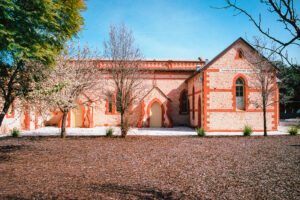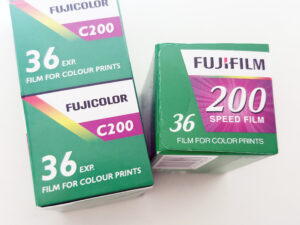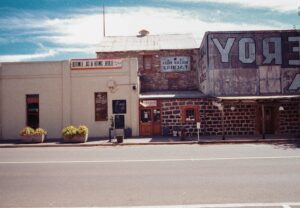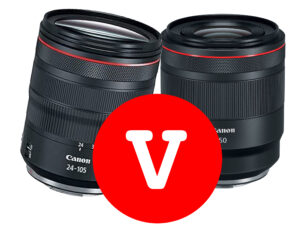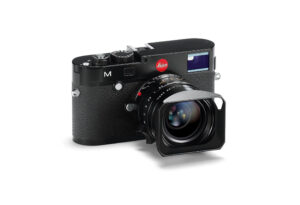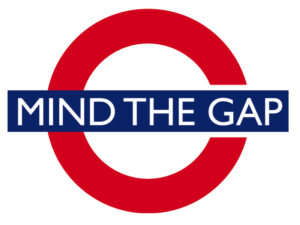The sensor is the heart of your camera, capturing light to create an image. It’s the digital equivalent of film, and its size significantly impacts image quality. While resolution, measured in megapixels, was once the primary metric for sensor performance, sensor size has become increasingly important, particularly as smartphones dominate the entry-level photography market.
Various sensor sizes exist, with no standardized naming convention. Common sizes include 1″, 2/3″, and 1/1.7″. Panasonic and Olympus’s Micro Four Thirds (MFT) cameras use a unique 4/3 designation, while Nikon uses CX, DX, and FX to denote 1″, APS-C, and full-frame sensors, respectively. Canon, on the other hand, uses the terms full frame and APS-C, with their APS-C being slightly smaller than the APS-C sensors used by Nikon, Sony, and Fujifilm.
Sensor Size Comparison Chart: Seeing the Difference

What is APS-C?
APS-C, or Advanced Photo System type-C, originates from a late-1990s film format offering three frame sizes: “High Definition” (16:9 ratio), “Panoramic” (3:1 ratio), and “Classic” (3:2 ratio). The ‘C’ in APS-C stands for “Classic.” Digital APS-C cameras offer a frame size similar to the Classic APS film mode. Canon’s APS-C sensors measure 22.2×14.8mm, slightly smaller than those used by Nikon, Sony, and Fujifilm.

Pros of APS-C
- Compact and Lightweight: APS-C cameras are generally more compact and lighter than full-frame cameras, making them ideal for travel and street photography.
- Cost-Effective: Smaller sensors and lenses are cheaper to produce, making APS-C cameras and lenses more affordable.
- Increased Reach: The crop factor of APS-C sensors (typically 1.5x or 1.6x) effectively increases the focal length of lenses, beneficial for wildlife and sports photography.

Cons of APS-C
- Lower Low-Light Performance: Smaller sensors gather less light, which can result in more noise in low-light conditions.
- Reduced Depth of Field Control: Achieving a shallow depth of field is harder with APS-C sensors compared to full-frame sensors.
What is Full Frame?
Full-frame sensors measure 36x24mm, the same size as a frame of 35mm film. Full-frame cameras have become synonymous with professional photography due to their superior image quality.

Pros of Full Frame
- Superior Image Quality: Larger sensors gather more light, resulting in better image quality, especially in low-light conditions.
- Greater Depth of Field Control: Full-frame sensors provide better control over depth of field, allowing for more pronounced background blur.
- Wider Field of View: Full-frame sensors capture a wider scene compared to APS-C sensors.
Cons of Full Frame
- Cost: Full-frame cameras and lenses are generally more expensive.
- Size and Weight: Full-frame cameras and lenses are larger and heavier, which can be cumbersome for travel or street photography.
- Lens Requirements: Full-frame cameras require lenses with a larger image circle, often resulting in higher costs and bulkier lenses.
What is Micro Four Thirds (MFT)?
Micro Four Thirds (MFT) sensors, used by Panasonic and Olympus, measure 17.3x13mm, with a crop factor of 2x. This sensor size is smaller than both APS-C and full-frame sensors.
Pros of MFT
- Compact and Portable: MFT cameras and lenses are extremely compact and lightweight, ideal for travel and street photography.
- Cost-Effective: Generally more affordable than full-frame systems.
- Extended Depth of Field: Easier to achieve a deeper depth of field, beneficial for landscape and macro photography.
Cons of MFT
- Lower Image Quality in Low Light: Smaller sensors capture less light, leading to more noise in low-light conditions.
- Limited Depth of Field Control: Achieving a shallow depth of field is more challenging compared to larger sensors.
Sensor Size and Crop Factor Explained
Sensor sizes are often differentiated by a crop factor, with full-frame as the benchmark. The crop factor is based on the diagonal size difference between a sensor and a full-frame sensor. For instance, a standard APS-C sensor has a crop factor of 1.5x or 1.6x, meaning a 50mm lens on an APS-C camera provides a similar field of view to a 75mm lens on a full-frame camera.
Choosing between APS-C, full-frame, and MFT sensors depends on your photography needs. Full-frame cameras offer superior image quality, low-light performance, and depth of field control but are bulkier and more expensive. APS-C cameras provide a good balance of image quality, portability, and cost, making them ideal for travel and sports photography. MFT systems are extremely compact and affordable but may struggle in low-light situations.
Understanding these differences will help you make an informed decision when selecting a camera system that best suits your photography style and requirements. Whether you’re a casual shooter, an advanced amateur, or a professional, there’s a sensor size that fits your needs. Explore the differences between full-frame, APS-C, and Micro Four Thirds (MFT) cameras. Learn about sensor sizes, crop factors, and find out which camera type is best for your photography needs.




